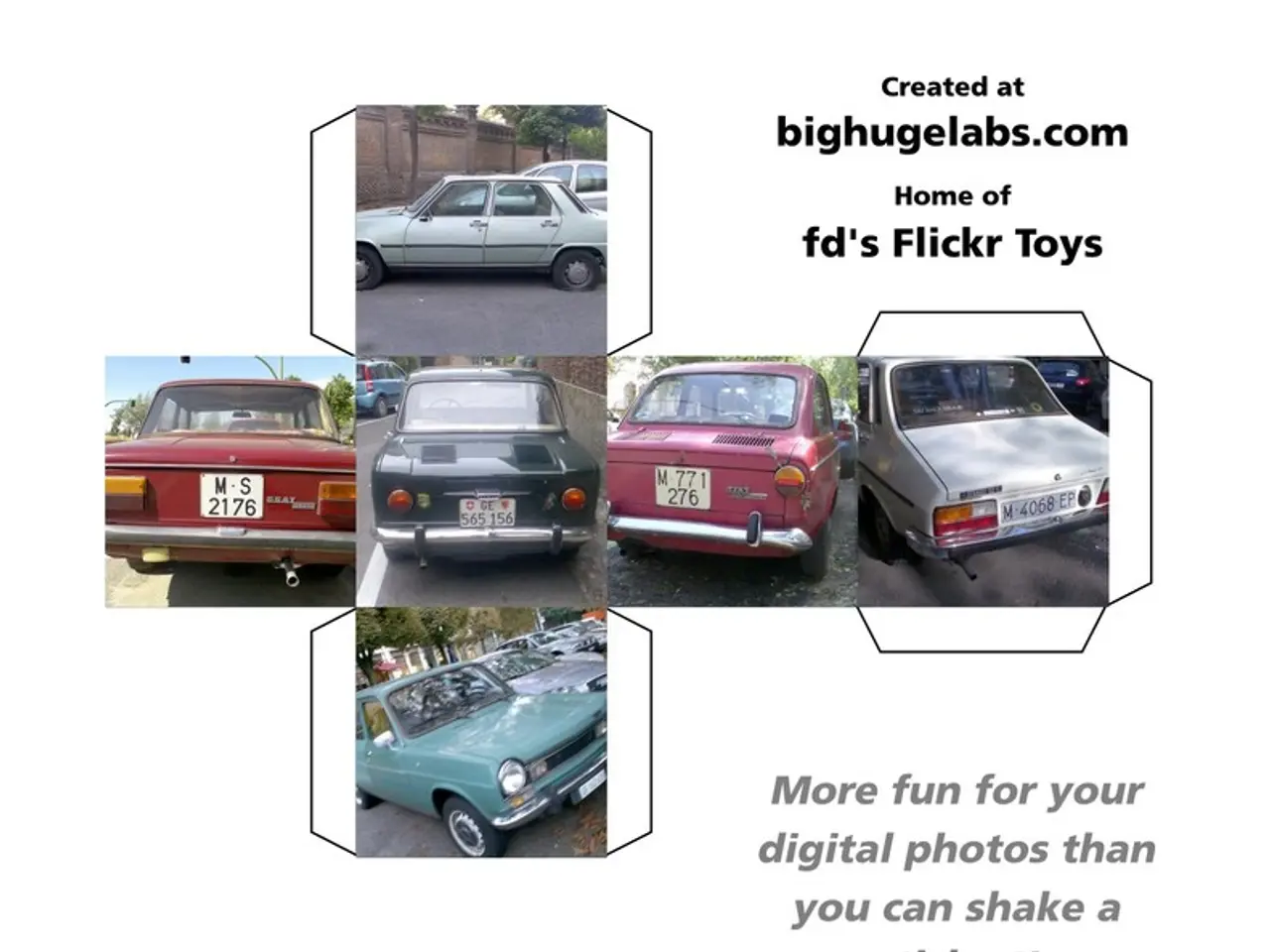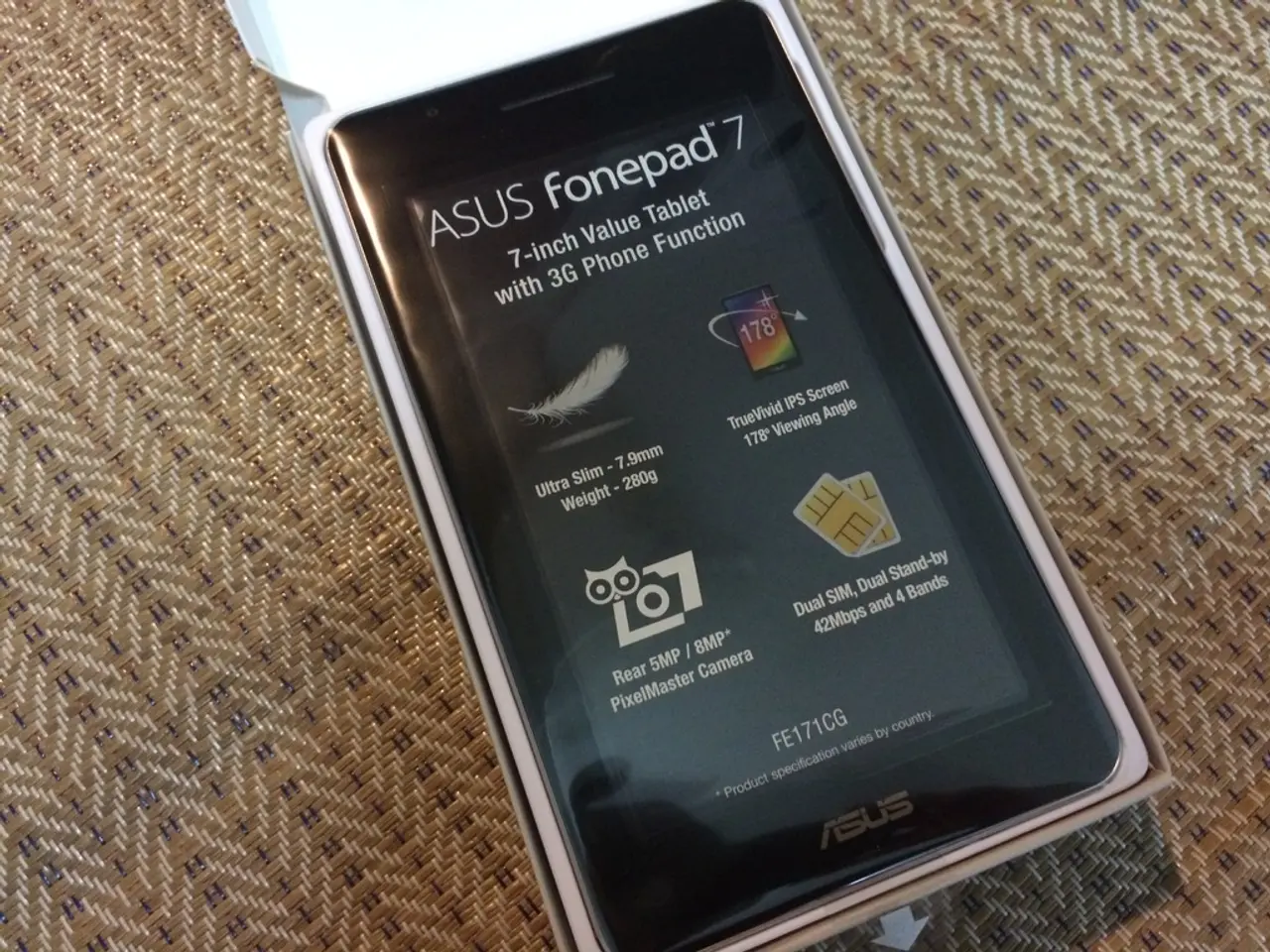Armed forces set to acquire bulletproof ceramic shields
The Taiwanese military is set to receive a significant number of boron carbide bullet-resistant ceramic plates this year, as part of a strategic move to enhance battlefield survivability.
Approximately 60,000 of these armor plates are expected to be mass-produced and delivered, following a NT$1.6 billion contract signed in February for the purchase of 160,000 ceramic plates.
These plates are designed to offer Level IV protection, making them capable of stopping armor-piercing rounds, including 7.62mm AP ammunition, and shrapnel. The plates, which weigh around 6.8 pounds and have a thickness of approximately 0.8 inches for multi-curve designs, strike a balance between protection and mobility.
The new ceramic plates consist of three layers of ceramic materials and polyethylene fibers, offering advanced multi-hit capability against high-velocity projectiles and fragments. The ministry's list of controlled materials includes both the body armor and the research used to develop them.
These boron carbide ceramic plates meet or exceed the National Institute of Justice (NIJ) Level IV standard, the highest for rifle protection. This rating implies effectiveness against a wide range of ballistic threats, including armor-piercing rounds and shrapnel.
The use of boron carbide ceramics, paired with backing materials like Dyneema UHMWPE, helps optimize the weight-to-protection ratio, enabling soldiers to retain mobility while wearing the armor.
These plates are primarily intended for military use in personal body armor systems, deployed in combat settings where threats include armor-piercing bullets and explosive fragmentation (shrapnel). The plates are designed for multi-hit capability to protect soldiers from multiple ballistic impacts during engagements.
While silicon carbide plates are also deployed for multi-threat protection, boron carbide plates are noted for their hardness and light weight, making them especially suitable for high-threat military ballistic protection against armor-piercing rounds like the 7.62mm AP.
This strategic move reflects a growing trend in military acquisitions, with countries prioritizing advanced body armor to protect their troops in combat environments.
Additional reporting by CNA.
Finance and technology are crucial elements in the advancement of the Taiwanese military's body armor system. The NT$1.6 billion contract signed for the purchase of 160,000 ceramic plates implies the integration of cutting-edge technology and materials, such as boron carbide, which is renowned for its light weight and hardness, offering superior armor-piercing protection.




